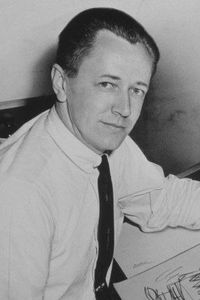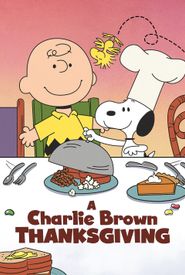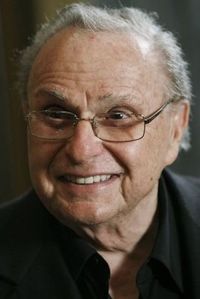Charles Monroe Schulz, also known as "Sparky", was an American comic strip writer and artist from Minneapolis, Minnesota. He is primarily known for creating the long-running comic strip "Peanuts" (1950-2000) and serving as its sole artist for the strip's entire run.
Schulz was born in 1922 in Minneapolis, Minnesota, and was the only child of Carl Schulz and Dena Halverson. His ancestry was German and Norwegian, and he was nicknamed "Sparky" by his family, after the race horse Spark Plug in his favorite comic strip.
As a child, Schulz started drawing as a hobby, and his favorite subject was the family dog, Spike. In 1937, Schulz submitted a drawing about Spike's unusual eating habits to the newspaper panel "Ripley's Believe It or Not!", which was the first work by Schulz to be published in his lifetime.
Schulz received his primary education at the Richards Gordon Elementary School in Saint Paul, Minnesota, and later attended Central High School, where he was reportedly a shy and timid adolescent boy.
In February 1943, Schulz's mother died due to cancer, and Schulz was shocked, as he was particularly close to her. Shortly after her death, Schulz was drafted for service in World War II and served as a staff sergeant with the 20th Armored Division in Europe.
After the war, Schulz returned to civilian life in Minnesota and was soon hired as a letterer by the comic magazine "Timeless Topix". In July 1946, Schulz was hired by the "Art Instruction Schools", a Minneapolis-based home study correspondence course, where he reviewed and graded the work of students.
In 1950, Schulz negotiated a deal for a new comic strip with the United Feature Syndicate, which was interested in his ideas but rejected his proposed title of "Li'l Folks" for legal reasons. The syndicate eventually came up with the idea to name the comic strip "Peanuts", which Schulz agreed to, although he grew to dislike it.
The syndicated comic strip "Peanuts" was introduced on October 2, 1950, and initially published by only 7 newspapers. The first strip introduced only three characters: Charlie Brown and two female acquaintances, Shermy and Patty. The pet dog Snoopy was introduced on October 4, 1950.
Over the years, Schulz continued to work on "Peanuts", introducing new characters and storylines. He also created the Sunday version of the comic strip in January 1952 and worked on other projects, including the religious-themed comic strip "Young Pillars" and the sports-and-game-oriented comic strip "It's Only a Game".
In 1957, Schulz was hired as an illustrator for a volume of the book "Kids Say the Darndest Things" by Art Linkletter, and he also illustrated a second volume of the work in 1962. In 1964, Schulz illustrated a collection of letters, "Dear President Johnson" by Bill Adler.
Schulz and his first wife Joyce Halverson lived primarily in Minnesota and Colorado, and he primarily worked from home or from a rented office room. In 1958, Schulz and his family moved to Sebastopol, California, where he built his first artist's studio.
By the autumn of 1970, Schulz had started contemplating divorce, and he eventually received his divorce in 1972. He married his second wife Jean Forsyth Clyde in 1973, and they remained married for 27 years until his death.
In 1981, Schulz underwent heart bypass surgery, and in the 1980s, he found his hands shaking while drawing, which was eventually diagnosed as essential tremor. He received medication for his condition but insisted on continuing to draw "Peanuts" without assistants, which resulted in changes in his drawing style.
In May 1988, Schulz was in the news over his personal life when two masked men attempted to kidnap his wife Jean. In November 1999, Schulz experienced several small strokes and a blocked aorta, and he was diagnosed with colon cancer.
Schulz announced his retirement on December 14, 1999, and the comic strip "Peanuts" ended on February 13, 2000. Schulz died on February 12, 2000, at the age of 77, due to colorectal cancer. His comic strip has remained popular, and several animated adaptations have been created in the first decades of the 21st century.


































































